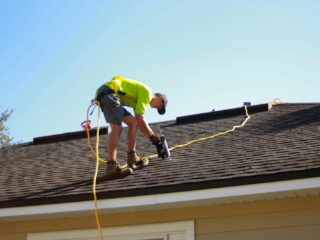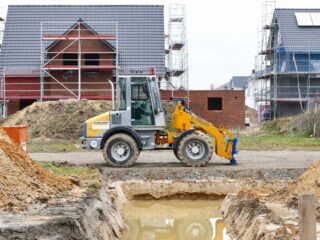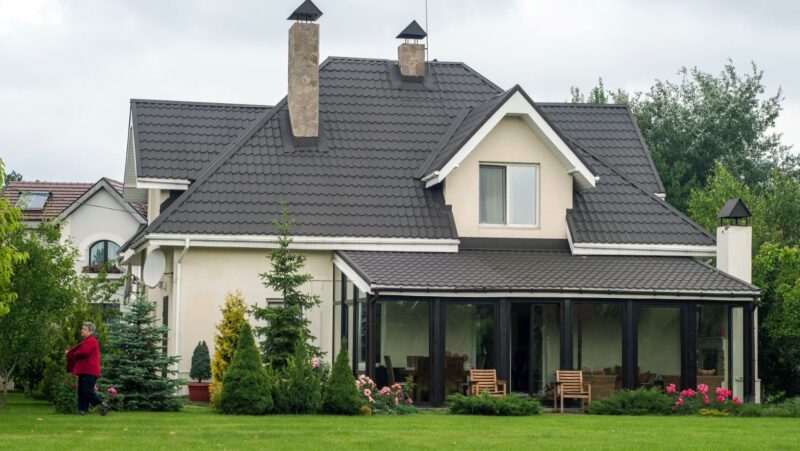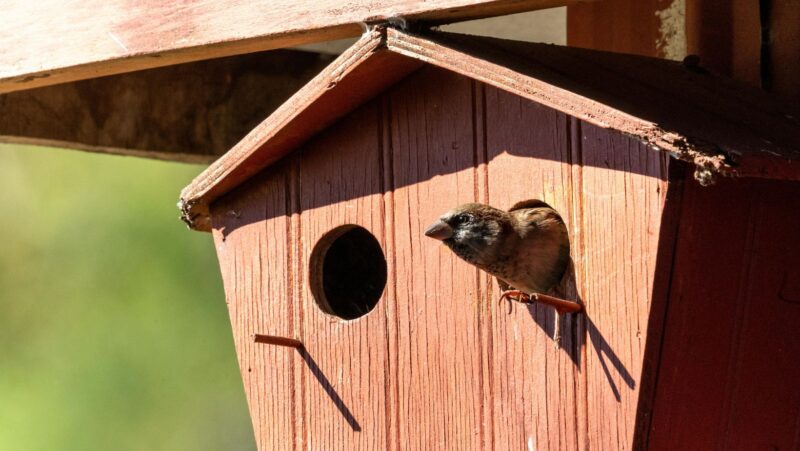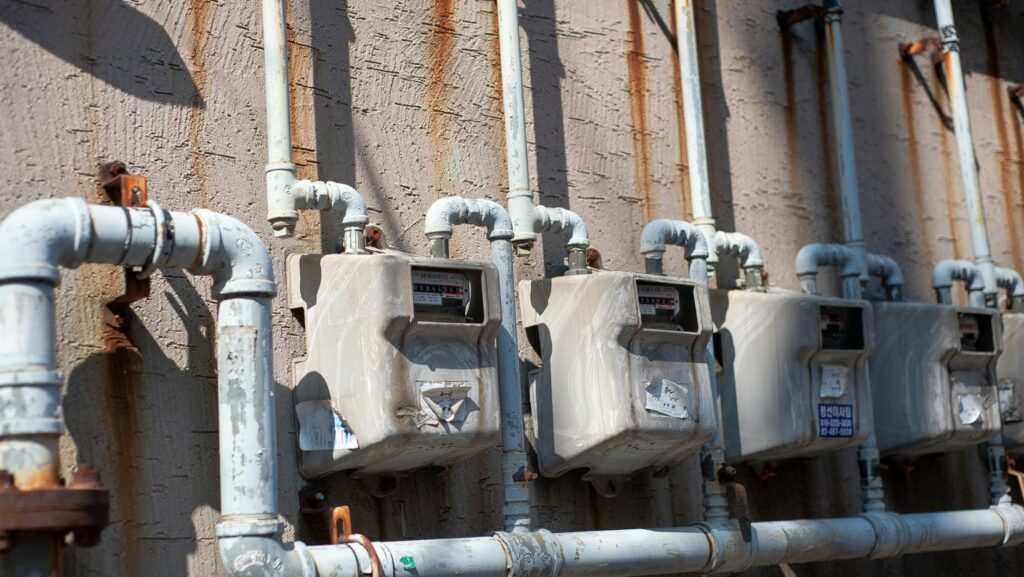
Frozen pipes are a significant issue as temperatures drop. As water freezes, your pipes can expand and burst. This will cause a lot of damage to your home and cause water leaks, and going through the cold months with plumbing issues is not anyone’s idea of winter fun. Fortunately, you can take some steps to prevent this. Here are five ways you can winterize your plumbing:
Insulate Exposed Pipes
Pipes in unheated areas are more vulnerable to freezing. Check the pipes in your attic, garages, and crawl spaces. You must insulate these to keep them warm. One of the ways to do this is by using foam insulation. Simply slide foam over your pipes, ensuring you cover all the area. You can also apply heat tape over this, especially over the cold zones. This will act as a thermostat, giving you an extra layer of protection.
You must check for any cracks close to the pipes. Carefully observe the floors and walls around them.
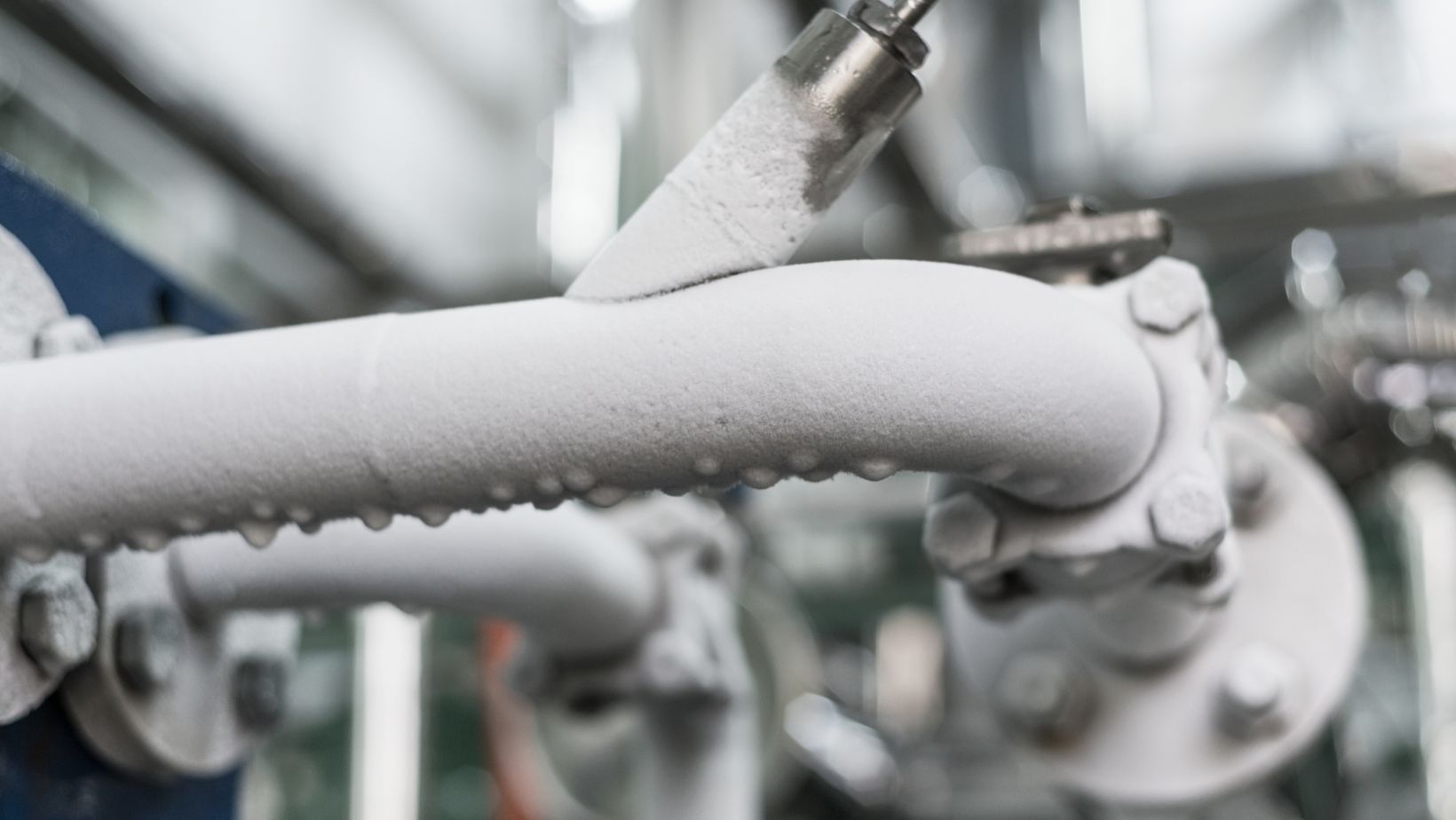
Cover any gaps you see to prevent cold drafts from reaching your pipes. As a result, you can maintain a consistent temperature.
Keep the Heat On
Keeping your heat system running is crucial even if you are not home. Maintain a minimum temperature of, for instance, 55 degrees to prevent the water in your pipes from freezing. If you’re going away for longer, consider asking a friend or a neighbor for help. Request them to monitor your home and make sure it doesn’t get too cold. Alternatively, you can invest in a smart thermostat and control the temperature from your phone.
Let Faucets Drip
Consider letting your faucets drip on exceptionally frigid nights. The water is less likely to freeze as it moves through your pipes.
This method is critical if you have faucets on exterior walls. These are more exposed to cold air and have a higher chance of freezing. A small, steady drip is sufficient; you do not have to waste too much water. This step might seem minor, but it can work wonders. While your water bill will slightly increase, it won’t be as high as the repair costs you might have to pay for damaged pipes.
Add Pipe Heating Cables
You might have to use additional heating for particularly vulnerable pipes. Use thermostat-controlled electric heating cables. While the initial cost will likely be high, they will yield benefits in the long term. Pipe heating cables are a valuable investment if your house is in cold regions. Pipes in Omaha, for instance, might freeze over in low January temperatures.
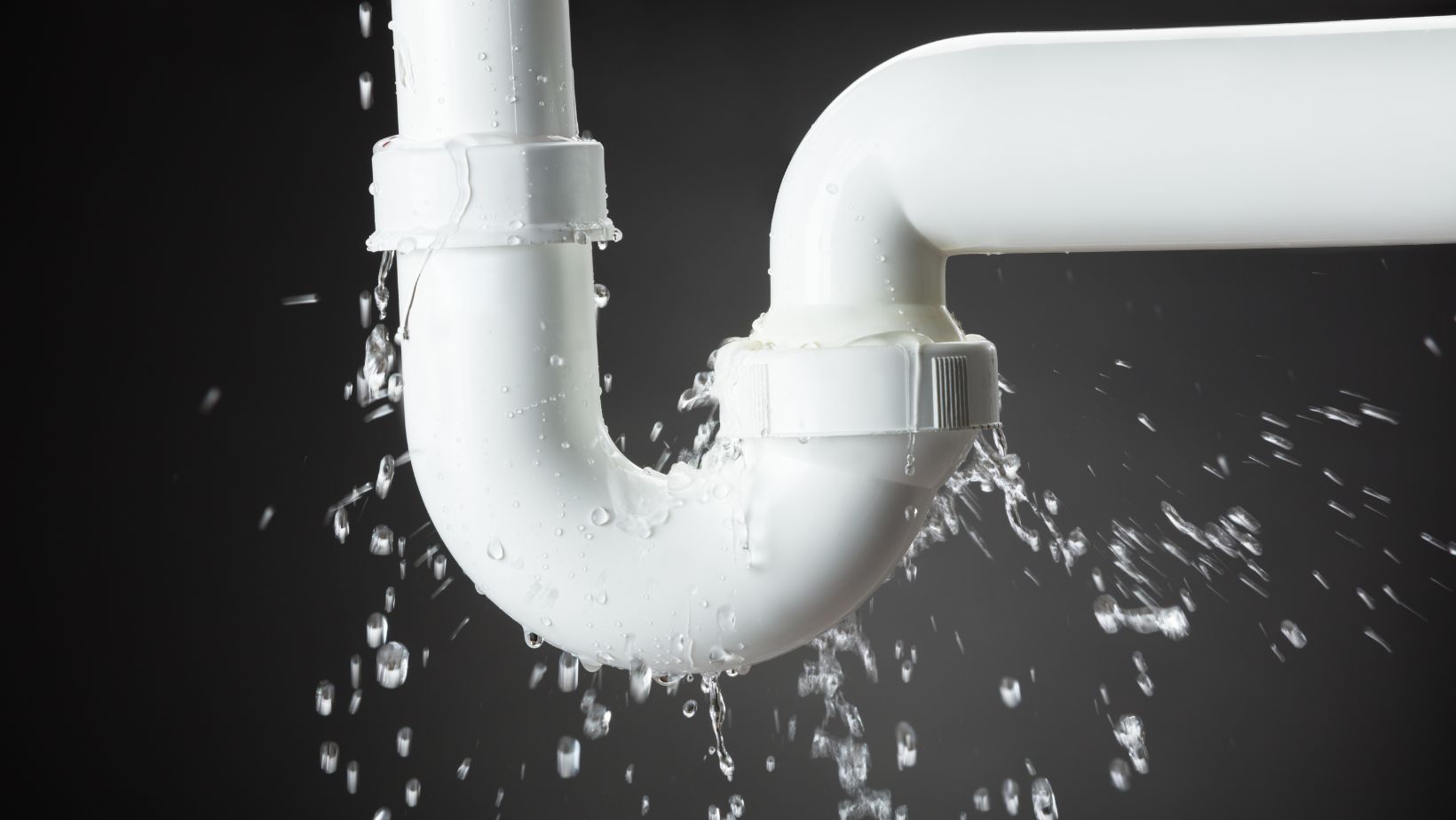
The installation process is easy and quick. You wrap the cables around your pipes and connect them to an outlet. To be safe, consider contacting local professionals like this plumbing Omaha company to assess vulnerable pipes and determine the best type of heating cable for your needs.
Disconnect and Drain Outdoor Hoses
Disconnect outdoor hoses before the first freeze of the season. Not doing this can cause water to remain in the faucet and freeze, potentially causing the pipe to burst. You must turn off the water supply to outdoor hoses. Then, drain them to ensure no leftover water freezes over, either.
Endnote
Frozen plumbing can be costly and cumbersome to fix. In contrast, preparing ahead of time will ensure the safety of your hoses and give you peace of mind. Follow the tips mentioned above to eliminate your plumbing concerns in winter.





